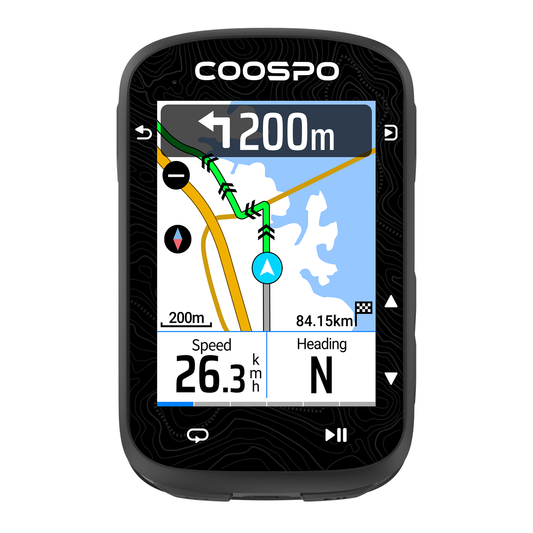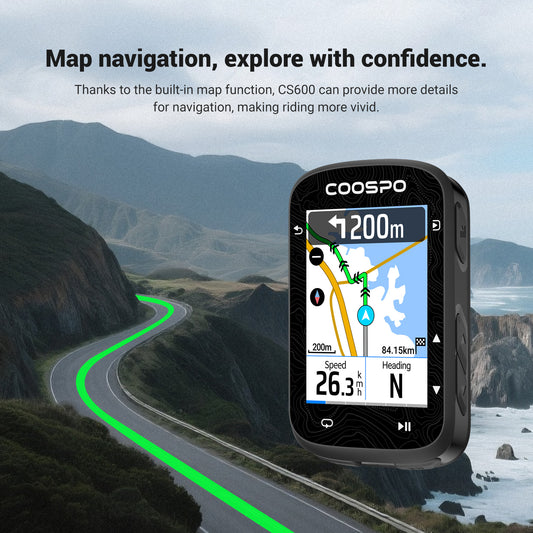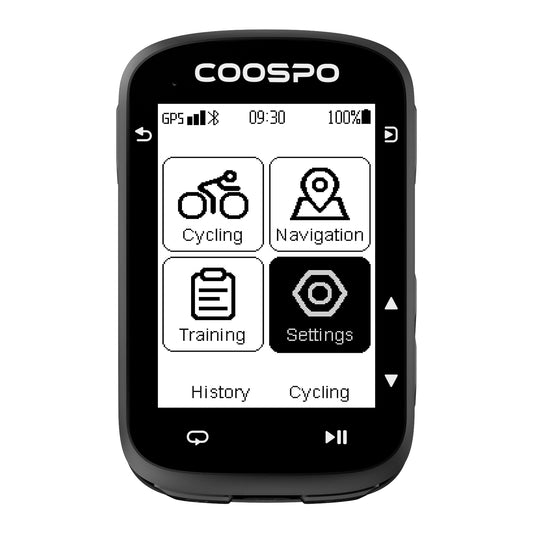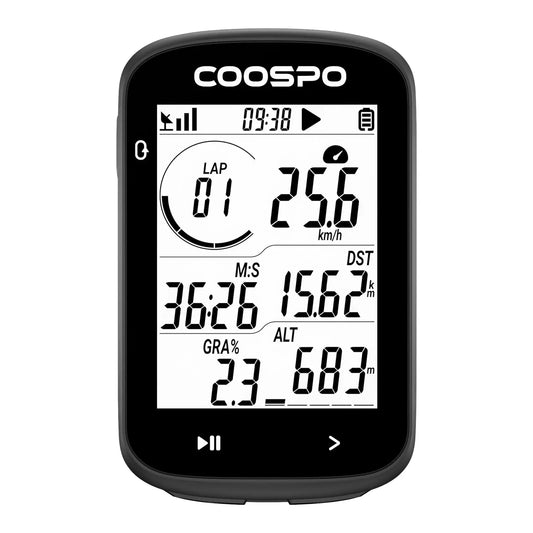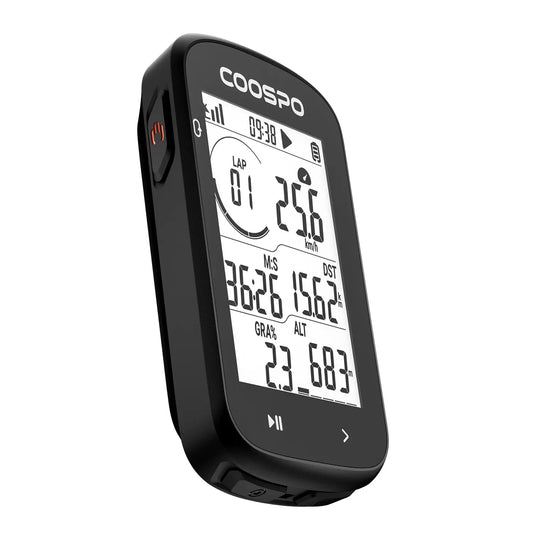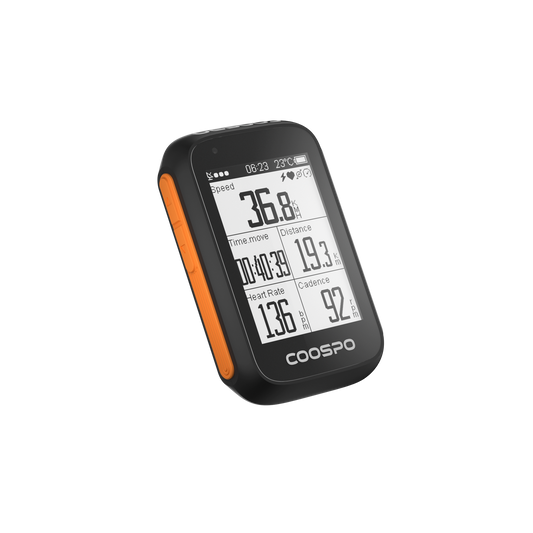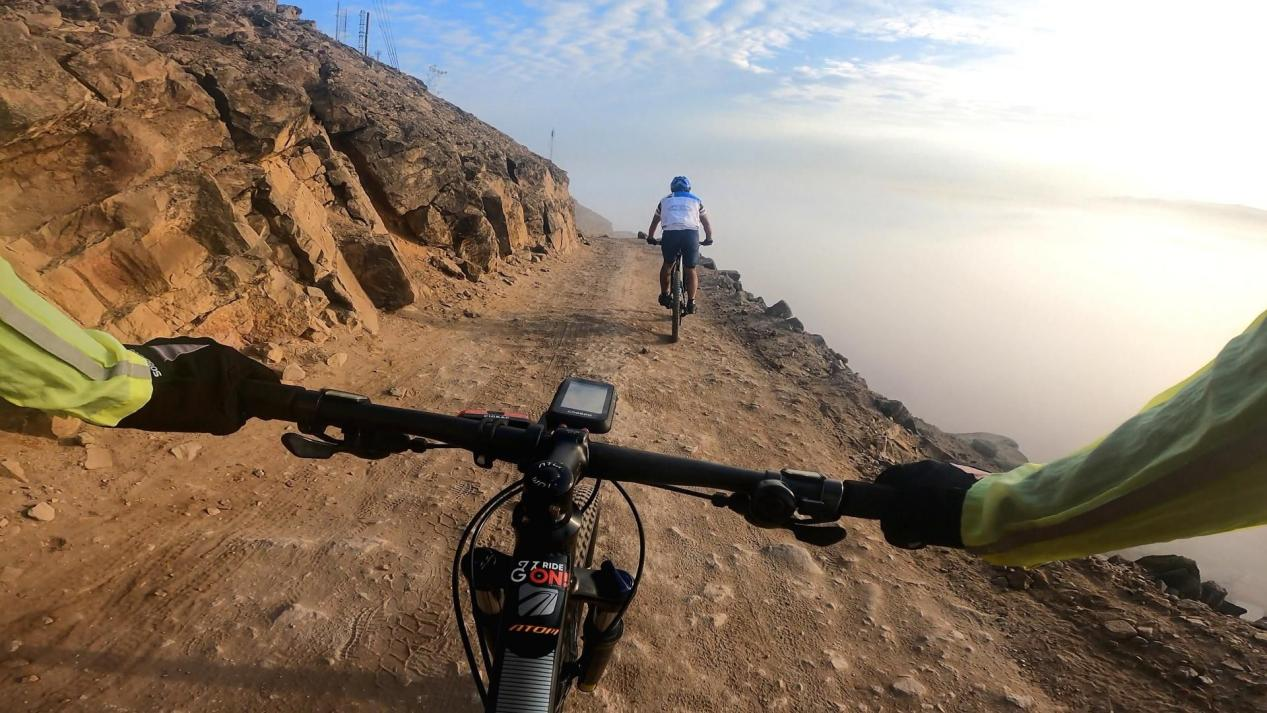O que vestir para correr em qualquer clima: o guia definitivo
Escolher o equipamento de corrida certo vai muito além da aparência; pode impactar seu desempenho, conforto e segurança. Não importa se você está treinando no calor do verão, no frio do inverno ou na chuva imprevisível da primavera, usar as roupas adequadas ajuda você a se concentrar na corrida em vez do clima.
Seja você um corredor experiente com várias provas de 10 km, meias maratonas ou maratonas no currículo, ou esteja apenas começando a correr e buscando estabelecer uma rotina, você pode se perguntar sobre os melhores equipamentos para um bom desempenho. Isso é especialmente relevante considerando o constante lançamento de novas roupas, tênis e acessórios para corrida.
Vamos analisar o que vestir para correr em diferentes condições climáticas.
Comece com uma boa base usando blusas e calças que absorvam a umidade.
O corpo humano trabalha arduamente para manter uma temperatura interna estável, especialmente durante exercícios físicos, como a corrida. A atividade física eleva a temperatura corporal, levando à transpiração como forma de resfriamento. Embora a transpiração ajude a liberar o excesso de calor, ela também causa perda de água, o que pode fazer com que a pessoa se sinta mais cansada com o tempo.
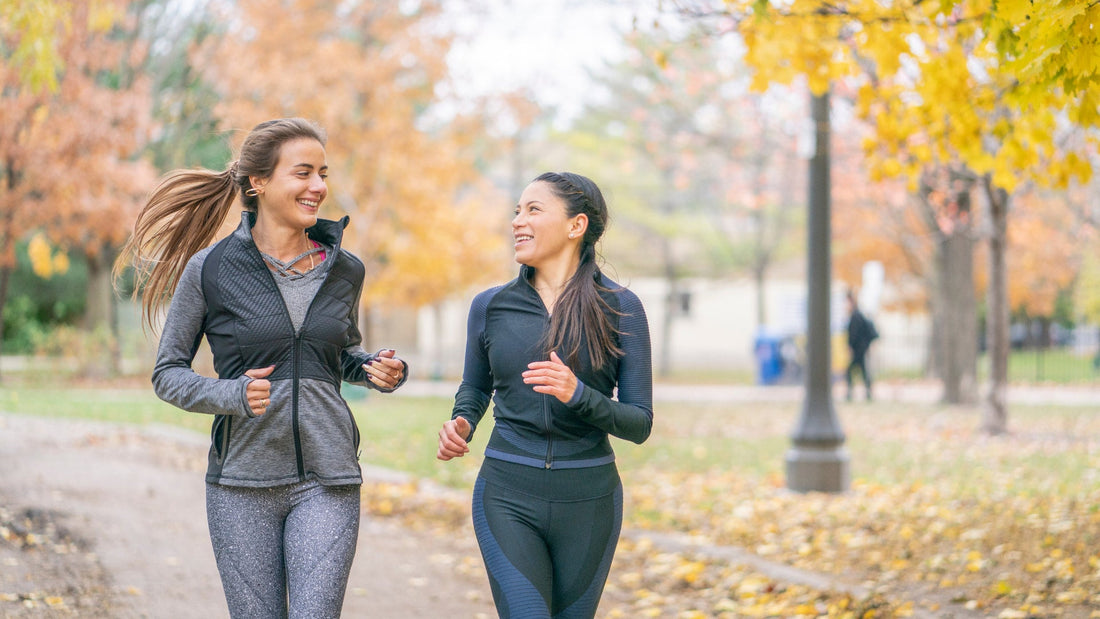
O segredo para uma boa roupa de corrida é controlar bem a umidade. Sua camada base, a peça de roupa mais próxima da pele, deve absorver o suor e afastá-lo do corpo. Isso ajuda a manter você seco e evita assaduras e superaquecimento.
Ao escolher roupas para corrida, camisetas e shorts/calças com tecnologia de absorção de umidade são um excelente ponto de partida.
Como escolher as blusas de tecido respirável ideais
O algodão é agradável ao toque, mas fica pesado e úmido quando você transpira. Em vez disso, escolha camisetas feitas de tecidos técnicos como poliéster, náilon ou lã merino. Esses materiais transportam o suor da pele para a parte externa do tecido, permitindo que ele seque rapidamente.
Ao escolher a roupa para correr, é importante levar em conta a temperatura. Em dias quentes, opte por camisetas sem mangas ou de manga curta e tecido leve que permitam a respiração da pele. Já em climas mais frios, uma camiseta de manga comprida com tecnologia de absorção de umidade é uma ótima opção, pois mantém o corpo aquecido inicialmente e ajuda a proporcionar conforto à medida que a temperatura aumenta durante a corrida.
Como escolher a calça ideal com tecnologia de absorção de umidade
As calças de corrida, como shorts, leggings ou calças compridas, devem ser flexíveis, respiráveis e evitar irritações na pele. Escolha peças com costuras planas e materiais elásticos que acompanhem seus movimentos.
Em climas quentes, o ideal é usar shorts com forro interno feito de materiais de secagem rápida. Em climas frios, opte por leggings térmicas ou calças de compressão com interior macio para maior aquecimento.
Alguns corredores gostam de usar calças de compressão, que podem ajudar na circulação sanguínea e diminuir o cansaço muscular. Embora os estudos apresentem resultados variados, uma revisão de 2016 publicada na revista Sports Medicine constatou que as roupas de compressão podem melhorar ligeiramente o desempenho de resistência e reduzir as dores musculares após a corrida.
Escolha o calçado certo para conforto e suporte.
Os tênis de corrida são muito importantes quando você começa a correr. Como seus pés tocam o chão o tempo todo, é fundamental que eles sejam confortáveis e ofereçam o suporte necessário para uma boa passada.
Cada pessoa tem pés e estilos de corrida diferentes, por isso existem muitos tipos de calçados disponíveis para atender a diferentes necessidades.
A importância de substituir tênis de corrida desgastados
Os tênis de corrida geralmente duram de 300 a 500 milhas (480 a 800 km). Depois disso, o amortecimento e o suporte se desgastam, o que pode aumentar as chances de lesões.

Sinais de que está na hora de substituí-los incluem:
Pneus desgastados
Amortecimento achatado
Dores ou desconfortos após correr
Padrões de desgaste irregulares
Pesquisas demonstraram que, com o passar do tempo, o amortecimento e o suporte dos calçados podem se desgastar.Isso faz com que os corredores mudem a forma como correm para compensar. Alterar a maneira como se inclinam para a frente ou impulsionam o corpo com os dedos dos pés pode sobrecarregar as articulações, o que pode levar a lesões.
Como escolher as meias certas para correr
Meias de boa qualidade são frequentemente negligenciadas, mas são essenciais para o conforto e o desempenho. Evite meias de algodão, pois retêm a umidade, o que pode causar bolhas. Em vez disso, opte por meias de misturas sintéticas ou lã merino, pois absorvem melhor a umidade e possuem propriedades antibacterianas.
Escolha meias invisíveis, meias de cano médio ou meias de compressão, de acordo com o que for mais confortável para você. As meias de compressão podem ajudar na circulação sanguínea, principalmente durante corridas longas ou na recuperação pós-treino.
Escolha as camadas externas adequadas conforme a mudança do clima.
Mesmo quando esfria ou começa a chover, você não precisa parar de correr ao ar livre. Ao adicionar uma jaqueta ou moletom com capuz ao seu look, você se mantém aquecido e confortável nos meses mais frios e seco em caso de mau tempo.
Ao escolher uma jaqueta ou moletom para corrida, certifique-se de que seja leve e não muito volumoso. Uma jaqueta de inverno pesada pode atrapalhar sua passada e reduzir seu desempenho.
Ao escolher um agasalho, é importante pensar em quão bem ele pode protegê-lo das intempéries. Um moletom com capuz é ótimo para se manter aquecido em dias frios de outono ou início da primavera, mas uma jaqueta impermeável é uma opção melhor quando está ventando, chovendo ou nevando.
Acessórios para diferentes condições climáticas
Assim como jaquetas e moletons podem te ajudar a correr em condições climáticas adversas, alguns acessórios extras também podem ser muito úteis. Aqui estão alguns ótimos acessórios para você considerar:

Boné de corrida
No verão, um chapéu respirável protege o rosto do sol e ajuda a controlar a transpiração. No inverno, opte por gorros ou protetores de orelha quentinhos para manter o calor.
Óculos de sol
Óculos de sol esportivos de boa qualidade reduzem o brilho, protegem os olhos dos raios UV e melhoram a visibilidade. Lentes polarizadas são especialmente eficazes para reduzir o brilho da estrada.
Luvas
Em temperaturas frias, nossas mãos costumam ser as primeiras a esfriar. É importante que as luvas de corrida sejam leves e suficientemente quentes. Além disso, considere adquirir luvas compatíveis com telas sensíveis ao toque, principalmente se você precisar usar o celular ou o smartwatch enquanto estiver correndo.
Tecnologia vestível para monitorar seu desempenho e garantir sua segurança.
Os equipamentos modernos para corrida vão além do tecido. A tecnologia vestível ajuda você a treinar de forma mais inteligente e segura.
Monitores de frequência cardíaca: Assim como o Coospo HW9 monitor de frequência cardíaca de braço Fornece dados de frequência cardíaca em tempo real, ajudando você a se manter na sua zona alvo para treinamento de resistência, queima de gordura ou intervalado.

Relógios com GPS: Monitore seu ritmo, distância e elevação. Os modelos avançados oferecem navegação de rotas, alertas meteorológicos e planos de treinamento.
Equipamentos refletivos e luzes: Se você corre de manhã cedo ou à noite, a visibilidade é crucial. Use luzes LED de encaixe, coletes refletivos ou braçadeiras luminosas.
Segundo uma pesquisa realizada pela Runner's World em 2022, mais de 70% dos corredores utilizam algum tipo de tecnologia vestível para aprimorar seus treinos e monitorar seu progresso.



